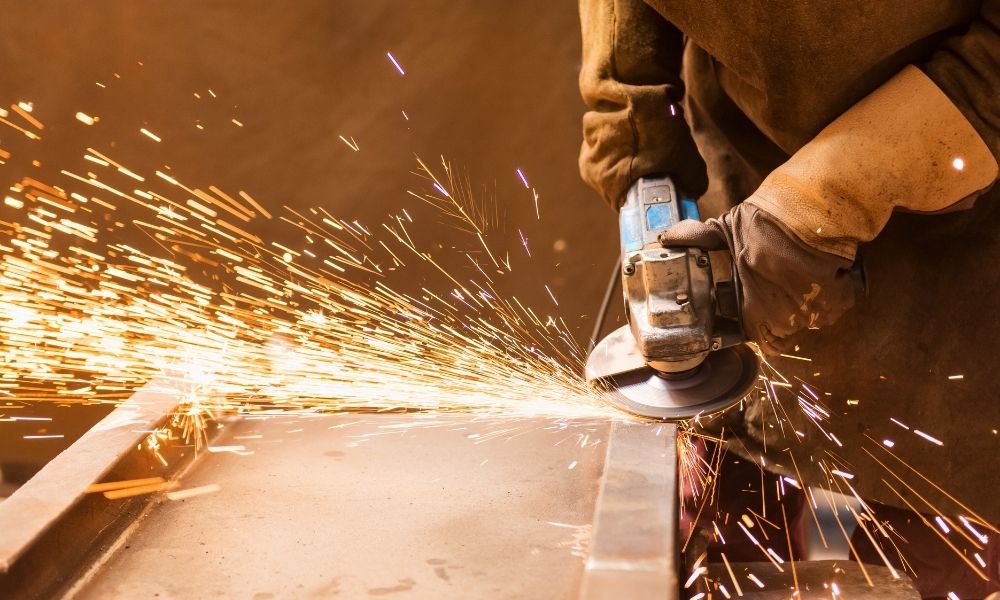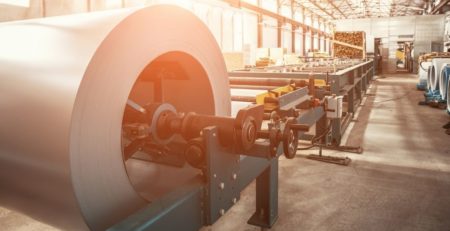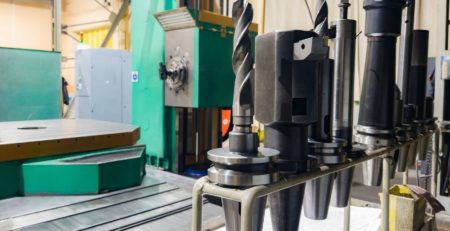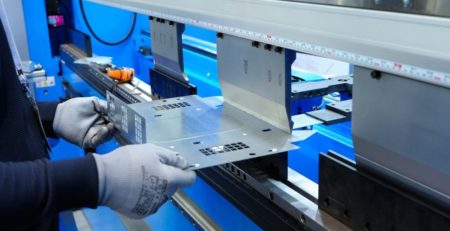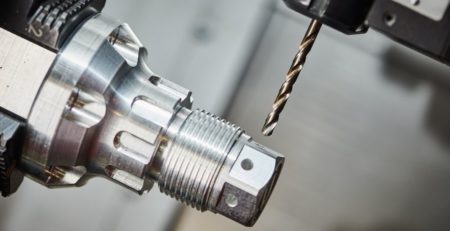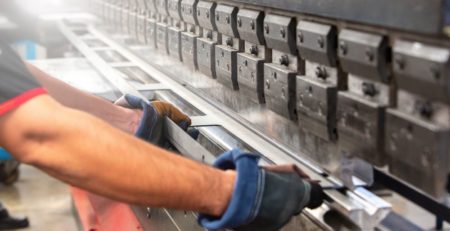The Different Types of Band Saws for Metal Fabrication
Metal is in almost every product that flies off the shelves in stores and online. If you’re in the metal industry, chances are you have a boatload of tools to help you manipulate and craft metal workpieces to their proper specifications. However, choosing and replacing tools is challenging with the continuously growing array of technologies. Here are the different types of band saws for metal fabrication.
Vertical Band Saw
The first type every metalworker should know about is the vertical band saw. This machine runs its sawblade from the top-down, making it ideal for machining smaller parts while offering easy manipulation. Vertical band saws are a great place to start your product fabrication while giving technicians a comparatively simple tool to handle.
Horizontal Pivot Band Saw
The horizontal pivot band saw is all about side-to-side action. These saws are the most common type, so you must be well aware of their existence and purpose. The horizontal cut mimics the traditional movement of a cut with a handsaw. The pivoting action enables the sideways moving saw to connect with the workpiece at multiple angles.
Due to its versatility, the horizontal pivot band saw offers everything from metering capabilities to material shuffling to bundle clamping. Because it utilizes simple forces like gravity or hydraulics to feed the moving head, this scissor-style band saw fits almost every machining scenario.
Tube Saws
Every primary metal center needs the power of a tube saw to slice through hollowed tubes and pipes. The complexity with tube cutting is in the varying thickness throughout the cut. When you begin cutting the tube, you have a dense, long inner surface that spans a significant portion of the tube’s diameter. But when you reach the middle of the tube, you only have the thickness of the tube at the top and bottom together—a much lesser cross-sectional thickness to master. Tube band saws must navigate the varying thicknesses along the circle while still operating at peak performance.
Dual Column Saws
When there are two separate columns through which the saw head travels, this is known as a dual column saw. These band saws come in many configurations, but the most common is a horizontal dual column saw. This system is all about maximizing head positioning precision across large cuts, making use of the two-sided stabilizing structure.
Knowing about the different types of band saws for metal fabrication can help every plant manager and technician make the best choices when selecting equipment for the metalworking operation. If you have any questions about the band saw types or are looking for a metal cutting band saw machine, our team of experts at Mac-Tech is here and ready to help.

